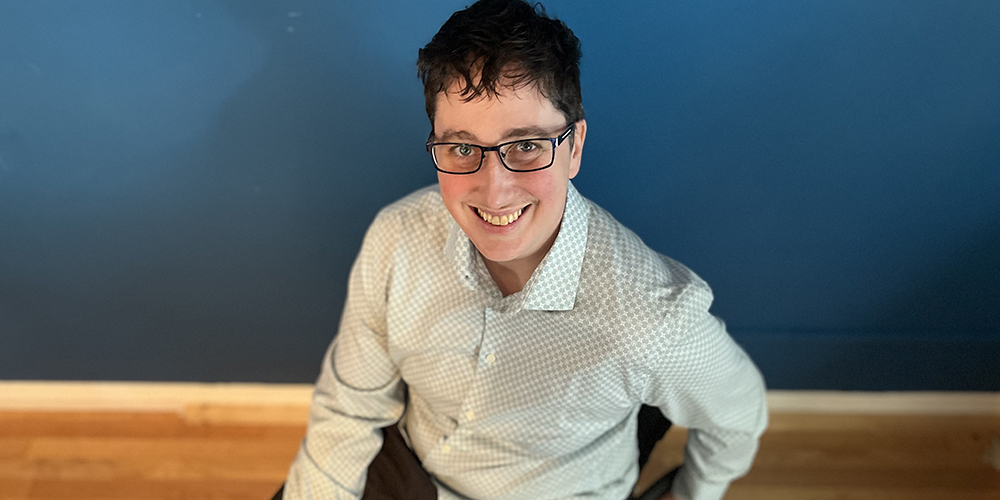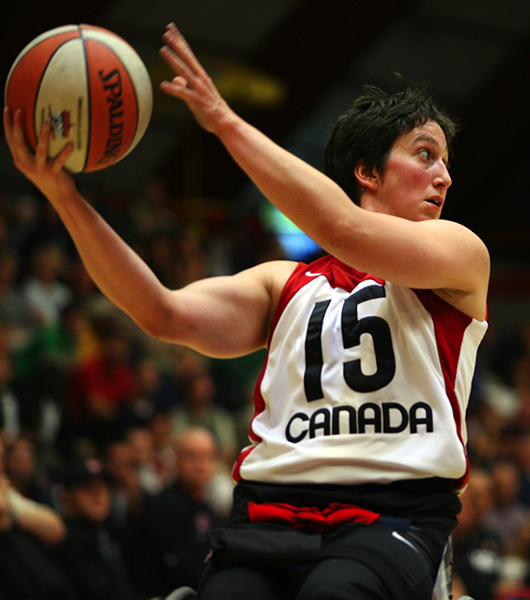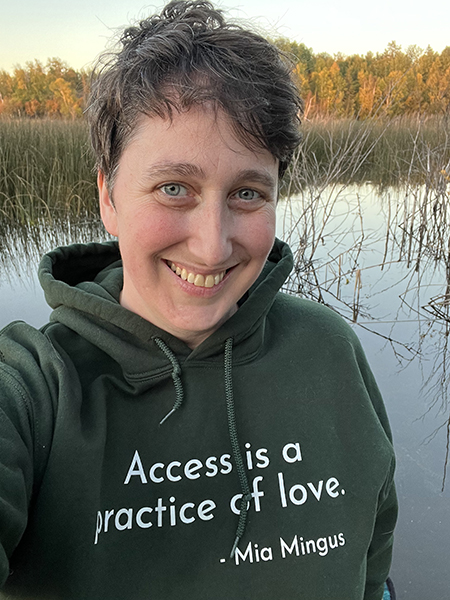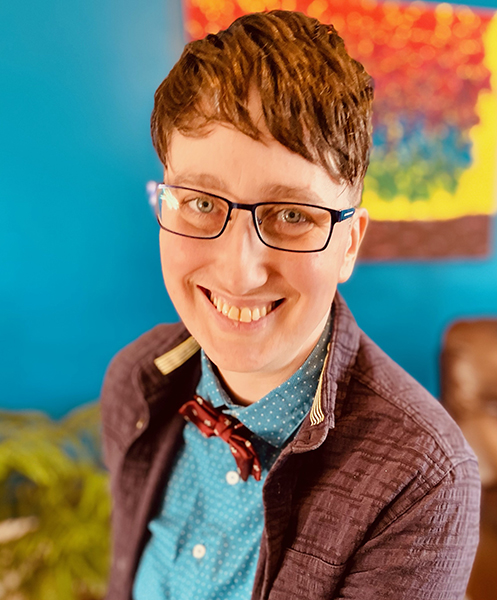Making sport and recreation more inclusive

At a glance
Issue
Almost 30 per cent of the Canadian population has some form of disability. However, people with disabilities make up only about 2 per cent of the academic researcher community. This imbalance illustrates the extent of barriers that are faced by persons with disabilities to fully participate in the health research funding system.
Research
The CIHR External Advisory Committee on Accessibility and Systemic Ableism was established in 2022 to provide guidance on how to make health research funding accessible to all researchers. As member of the Committee and a researcher with a disability, Dr. Danielle Peers at the University of Alberta is providing valuable insights into the barriers facing researchers with disabilities and how to address them.
Impact
The Committee has provided CIHR with guidance on how to hold fully accessible meetings and develop accessible engagement materials. It also co-developed a chapter in the CIHR Accessibility Plan and is guiding the development of an anti-ableism action plan to further address ableism at CIHR and in the health research funding system.

Dr. Danielle Peers has many identities. They identify as a non-binary, queer, and disabled settler-trespasser. They are a former Paralympic athlete, coach, performance artist, community organizer, and distinguished researcher.
The University of Alberta professor is drawing on all these identities to help change how society sees people who live with disabilities, and particularly those who are part of multiple equity-denied communities.
“Stories about disability are often about inability and incapacity, where we imagine disability as a problem of the individual’s body or mind,” they explained. “That’s also the dominant framework within health funding.”
Peers is currently bringing all these perspectives to the table as a member of the CIHR External Advisory Committee on Accessibility and Systemic Ableism. Even before this group was established in 2022, Peers and several other scholars who identify as having disabilities wrote to the Presidents of the Tri-Agencies on the need to improve accessibility and eliminate systemic ableism in Canada’s research funding system.
“I was really impressed by how early CIHR moved on this, and by the committee’s incredible leadership. When I saw that Dr. Mahadeo Sukhai [Vice-President, Research and International Affairs and Chief Accessibility Officer, Canadian National Institute for the Blind] was co-chairing it, I knew this was going to be an extraordinary committee that was going to do great things,” said Peers, a Canada Research Chair in Disability Movement Cultures, and Associate Professor, Kinesiology, at the University of Alberta
Addressing systemic ableism

Improving accessibility is a priority for Peers. However, they see an even greater role for the committee in addressing systemic or institutional ableism. This includes the policies, laws, regulations, and practices that exclude people with disabilities from full participation and equal opportunity based on the ableist assumption that they are less capable.
“That’s key in recognizing that we’re not just doing the bare minimum to meet standards,” they said. “We need to identify barriers that are stopping people from not only getting into research but flourishing within the system and having their work fully supported.”
One barrier that needs to be addressed is ensuring that communications and processes around funding opportunities are accessible to all. Another is that researchers who are disabled often have to use money from their grants to pay for costs related to accessibility such as sign language interpretation or accessible transportation.
“Too often I’ve had to pay for my accommodation out of my grants,” said Peers. “If I have a $30,000 grant for research, I may be spending $10,000 of that just making sure I can do the research as a disabled person with disabled trainees in ableist environments that are not designed for us.”
Creating inclusive environments for everyone

Peers’ research bridges three fields: adapted physical activity, socio-cultural sport and movement studies, and critical disability studies.
For example, Peers is co-director of the Just Movements CreateSpace, which takes arts-based and disability justice approaches to generating and sharing knowledges about bodies in motion—which can take the form of leisure, recreation, sport, performing arts, and spiritual practices. They are also the co-principal investigator of the SSRHC-funded Re-Creation Collective, a collective of disabled, Mad, Indigenous, racialized, and newcomer scholars who work to identify policies and practices for supporting the full, meaningful, and affirming engagement of equity-denied people in sport and recreation.
“Much of my research is about recognizing, sharing and incubating new practices that disability-related movement, artistic, and scholarly communities are inventing to enable broader meaningful engagement.”
Another research stream is exploring how organized disability sport in Canada enables or constrains participation of a wide range of people who experience disability. For example, as someone who is both queer and disabled, Peers faces major barriers to participating in most organized sports.
“Because I’m a non-binary disabled person, I don’t get to play in sports designed for queer people because there are few programs that accommodate people with disabilities,” said Peers, a former wheelchair basketball player who helped Canada win bronze at the 2004 Paralympic Games and gold at the World Championships in 2006. “It’s the same in disability sport where there have historically been relatively few safe sport spaces for trans and non-binary inclusion. These types of segregated opportunities result in people who have more than one identity being marginalized everywhere.”
“We need to start thinking about kinds of barriers, rather than only kinds of people” they said. For example, normative locker room design often creates major barriers for many different communities, including people with disabilities as well as people who are trans, non-binary, as well as folks from a range of faith traditions, and all of those at the intersections of these identities.
“It’s incumbent, particularly at a recreational level, to have all our activities available to as many human beings as possible,” added Peers. “With our research, we’re taking an approach to policy, practice and education that looks at how we can create environments that allow everybody – whether disabled, trans, non-binary, racialized or Indigenous – to flourish in any given activity.”
- Date modified: